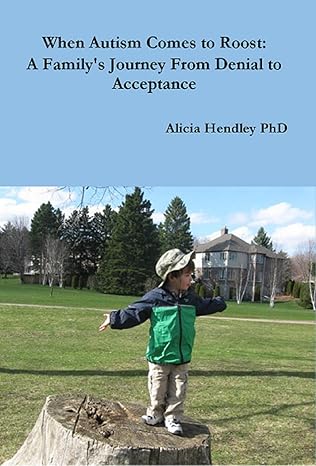By Dr David Laing Dawson
Schizophrenia has been thought of as one disease with several subtypes: e.g. catatonic, paranoid, simple, hebephrenic etc.
It has also been thought of as a spectrum. Schizophrenia spectrum disorder.
And many have speculated that one day we will find that schizophrenia is comprised of several illnesses, each with different genetic or epigenetic origins.
The research continues.
My experience, backed up by some research, is that there appear to be at least four pathways to the illness and the diagnosis.
One pathway is that of a child, otherwise of normal development, becoming withdrawn in mid or late adolescence, retreating from any social activities, refusing school, hiding in a basement or bedroom, then later developing the more overt symptoms of delusions and hallucinations (principally the hearing of voices).
On close examination it appears that the cause of the retreat from social activities (which may include not interacting with family) is a loss of, or failure to develop, the necessary pre-textual, contextual (nonverbal) language skills necessary for the navigation of adolescence and early adulthood. Hence the anxiety, depression, and retreat and isolation that leads to the development of delusions and hallucinations.
The second, and I think equally common pathway, is that of a child with diagnosed or not diagnosed autistic spectrum symptoms later developing schizophrenia in his or her teens. That is his or her ability to perceive, interpret, and respond to pre-textual, contextual communication is already at least mildly impaired or undeveloped. Often we learn of this childhood symptom in family interviews after the diagnosis (e.g. “He never did get sarcasm or know when someone was kidding”). Come adolescence this deficit may get worse at the very developmental period in our lives when we most need a well developed ability to perceive, correctly interpret, and mirror non-textual language. Then further retreat from social interaction occurs, and then delusions and hallucinations.
We need pre-textual or non-textual communication skills in order to find social meaning, understand others, know how we fit in. When this doesn’t develop or is lost we seek meaning elsewhere. And today, of course, young people can retreat to a “social” world that relies on text alone.
Less commonly, I think, overt “positive” symptoms appear to develop first. e.g. an auditory hallucination. This naturally leads again to social isolation, then delusions. The delusion may explain the voice.
And finally a few people appear to suffer a sudden break, a sudden onset of the symptoms of schizophrenia. Though it is difficult to know how sudden the onset was without the testimony of very close and observant family members and friends regarding the months and years before the break. And in these instances the use of drugs might have precipitated the psychosis.
And a brief commercial from Marvin
One of the titles I published is called When Autism Comes to Roost: A Family’s Journey From Denial to Acceptance by Alicia Hendley PhD
It was a typical middle class family with two professional parents and four kids when the parents began receiving notes from nursery school about their 3rd child, Max. This set the family on an unexpected journey together as they struggled to accept and accommodate. An illuminating read for any family faced with an emerging physical or mental disability in a child. “Raw, honest, and poignant, the book stays with you long after you’ve finished reading.” – Ann Douglas, author, Parenting Through the Storm
“Alicia Hendley has written a great book — a marvelously crafted hunk of honesty. The different views of a family — these memories and this evocation of difficulty — come without sentimentality or apology. Read this book and let it change you for the better. Darin Strauss, Recipient of a National Book Critics Circle Award, Nominated for PEN Hemingway Award.
The book is still available in Kindle format in all Amazon markets.
I hope it helps.










